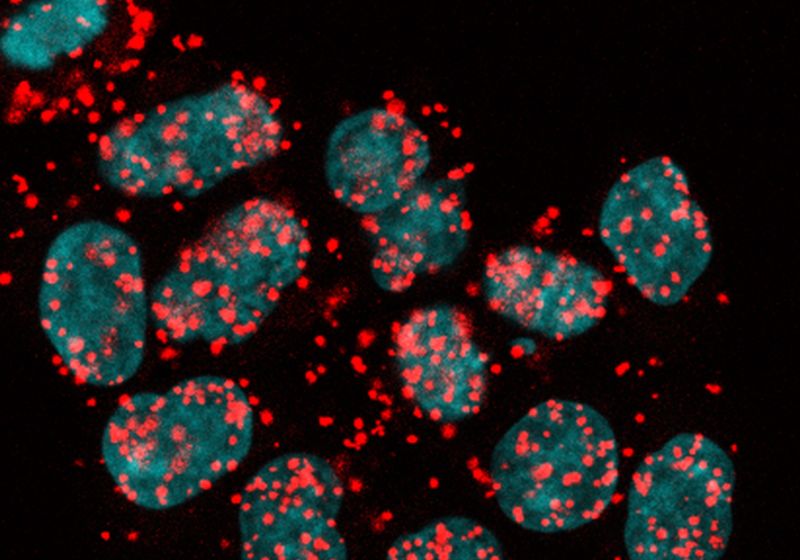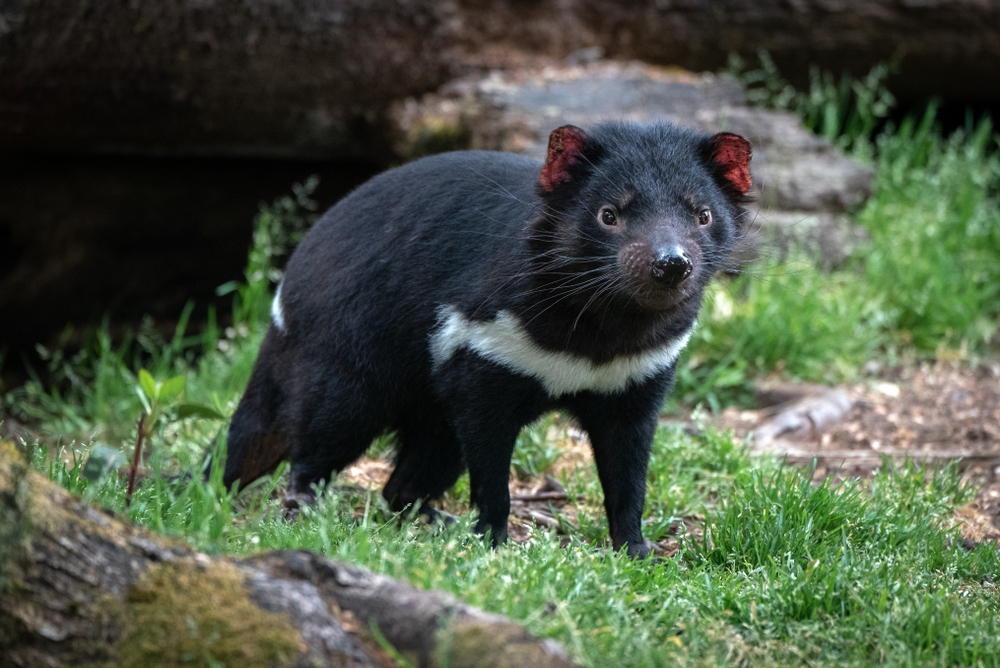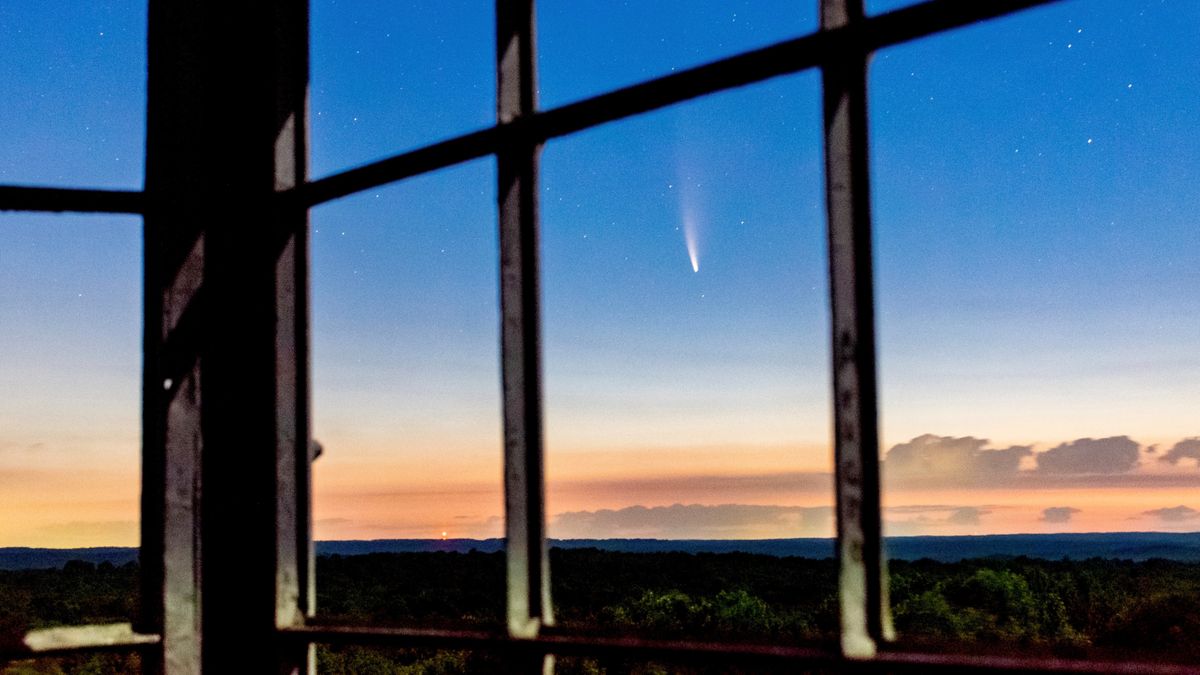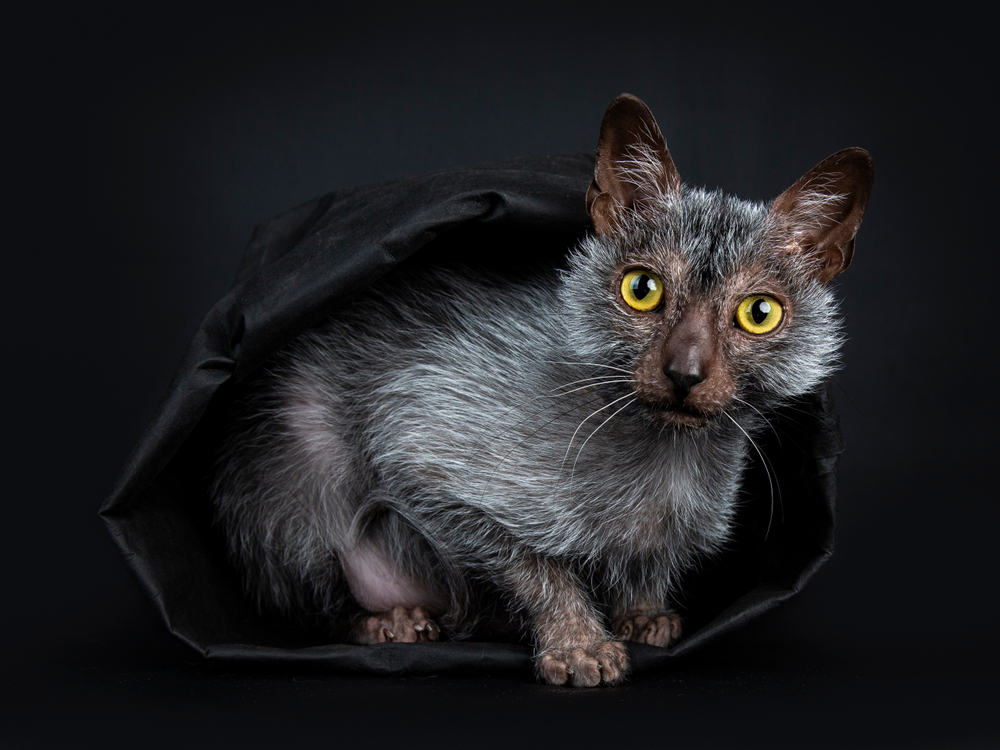Tasmanian devil populations have dwindled in recent decades due to two contagious facial cancers that cause debilitating growths. Now, alongside an international group of scientists and organizations, researchers from University of Cambridge conducted a large genetic sequencing study published in Science, and found that one of those cancers is evolving at an alarming pace and may pose a grave threat to Tasmania’s top carnivore.1
This study is the first to track the evolution of the two cancers, creating a detailed account of when the cancers arose, how they spread across the landscape, and importantly, which mutations helped them spread over time.
See also: Tasmanian Devil Cancer Immunotherapy
Carolyn Hogg, a biologist at the University of Sydney who was not involved in the study, said that the research team has generated useful tools to study the devils. “You can make massive headway into understanding how the species [and] disease move through the landscape, and how the disease mutates and changes,” with genomic data, she said.
Devilish diseases
Tasmanian devils are the world’s largest carnivorous marsupials, native to only Tasmania, an island off the coast of southeast Australia. For more than 30 years, these marsupials have been battling two deadly facial cancers, devil facial tumor 1 (DFT1) and devil facial tumor 2 (DFT2). A unique feature of these cancers is that they primarily spread through biting, a common occurrence in devils during fights over mates and food. Transmissible tumors are exceedingly rare in nature, making the devils important models for studying cancer evolution.
See also: Tasmanian Devil Antibodies Fight Cancer
Since its discovery in 1996, DFT1 has “spread throughout Tasmania and almost throughout the entire devil population,” said study coauthor Elizabeth Murchison, a cancer geneticist at the University of Cambridge. The devil population has consequently dropped by 60%, although recent research has shown that devils may be developing resistance toward the disease.2 DFT2 was discovered in 2014 and has only spread to a small corner of southeast Tasmania, but little is known about this second cancer.
Having studied the devils for decades, Murchison “wanted to compare the evolution of the two cancers by looking in detail at the mutations that have occurred in populations of these tumors.” Crucially, she wanted to understand the common features and mutations in these transmissible cancers that aid their spread.
Twin threats
Murchison previously put together a Tasmanian devil reference genome, but gaps remained. Advancements in sequencing technology allowed her team to create an updated version of the reference genome for this study to better understand conserved genes between individuals. The team also sequenced cells from 78 DFT1 and 41 DFT2 Tasmanian devil tumors. Then by comparing the tumors with the reference genome, the team constructed a phylogenetic tree of the two cancers. This allowed them pinpoint when the cancers first arose, when mutations came about, and what mutations the two diseases shared.
“The first surprise was that DFT2 acquires mutations about three times faster than DFT1,” said Murchison.
Tasmanian devil populations are dwindling as they battle two contagious facial cancers that spread via biting when the animals fight or mate.
Max Stammnitz
That’s probably bad very news for the devils, she added, because DFT2 may be more likely to acquire mutations that enhance its spread. However, DFT2 hasn’t spread much yet. More work needs to be done to understand the magnitude of this threat, according to Hogg.
The sequencing results suggest that DFT1 emerged in 1986, 10 years earlier than it was first detected in a female devil in northeast Tasmania. The analysis also provided clues about how the disease spread throughout the island, revealing that early on, a female super spreader infected roughly six others, resulting in at least six major variants of DFT1.
DFT2 emerged in 2011, three years before researchers spotted a male devil with infectious cancer in the southeast corner of the island.
Some of the same mutations popped up repeatedly, indicating that selective pressures may drive their spread. In several instances, they found that DFT2, which originated from a male devil, had developed a mutation that eliminated its Y chromosome, perhaps to spread to female devils more easily. The researchers also found evidence in both cancers for two dimer-forming, cell surface-dwelling tyrosine kinase proteins called platelet-derived growth factor a (PDGFA) and platelet-derived growth factor b (PDGFB), which are involved in cell growth and also implicated in cancer in other species, including humans.
DFT1 and DFT2 are long-lived and can be repeatedly sampled over time, according to Murchison. She hopes that the findings will help conserve Tasmanian devils. “We can get certain insights into the temporal evolution of cancer,” she said. “This helps us understand what might happen in the future.”
References
- Stammnitz MR , et al. The evolution of two transmissible cancers in Tasmanian devils. Science. 2023;380(6642):283-293.
- Epstein B, et al. Rapid evolutionary response to a transmissible cancer in Tasmanian devils.Nat. Commun. 2016;7(1).














